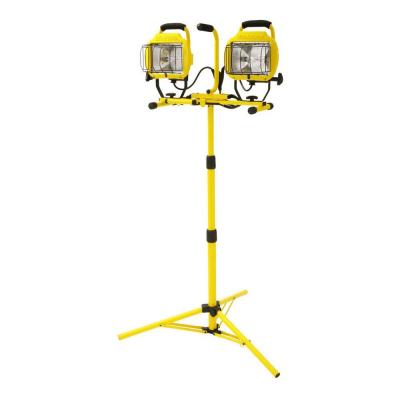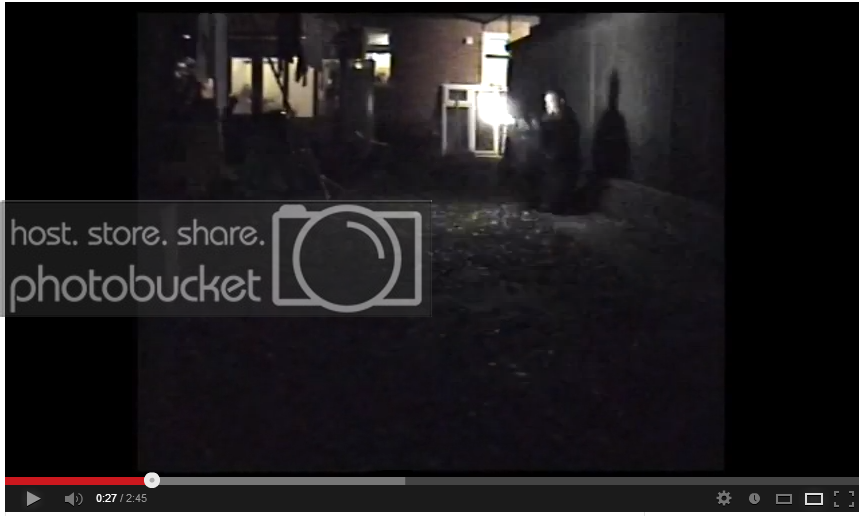Hello, so I'm helping a friend with a project and he asked me an interesting question. For one of his shots, he wants it to be dark, but a muzzle flash (gun shot) to go off. Sort of like the first shot here: http://youtu.be/6Hpl5jkH454?t=26s
Now, in that video they used actual blanks. We plan to do everything in Post. My dilemma is how do I light the background and surrounding area if we're going to be in the dark (at least digitally). My idea was to decrease the gamma digitally (or make it dark anyway possible) then use a mask around the subject or area and bring the gamma value back to the default value (for a quick second of course). Does this sound like a logical idea? If you find any good tutorials are articles on the matter please point me to them, thanks.
Now, in that video they used actual blanks. We plan to do everything in Post. My dilemma is how do I light the background and surrounding area if we're going to be in the dark (at least digitally). My idea was to decrease the gamma digitally (or make it dark anyway possible) then use a mask around the subject or area and bring the gamma value back to the default value (for a quick second of course). Does this sound like a logical idea? If you find any good tutorials are articles on the matter please point me to them, thanks.






